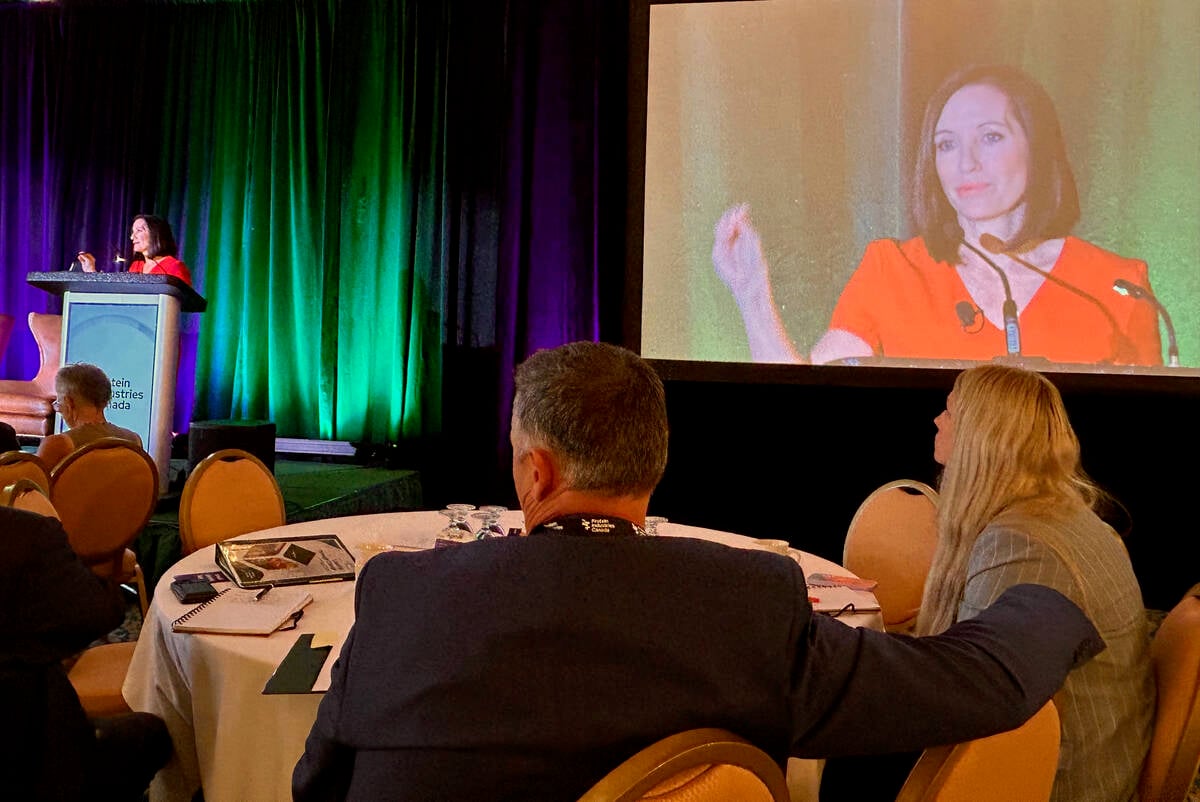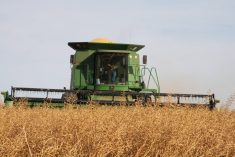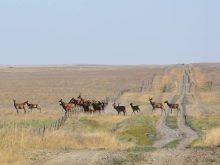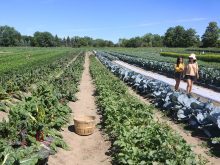A novel soil testing method is steadily gaining ground, according to the company commercializing the technology.
Western Ag Labs has used its Plant Root Simulator probe to check nutrient levels on millions of acres across Western Canada since the technology was first commercialized in 1998.
The company acquired the global patent rights to the Plant Root Simulator in 1997 from the University of Saskatchewan and married the technology with its own PRS Nutrient Forecaster software, which interprets data obtained by the probes.
The probes use an ionic exchange resin, which when placed in moistened soil samples absorbs the nutrients the soil is releasing, much like a plant root would.
Read Also

Canada told trade crisis solutions in its hands
Canadians and Canadian exporters need to accept that the old rules of trade are over, and open access to the U.S. market may also be over, says the chief financial correspondent for CTV News.
Edgar Hammermeister, field services manager for Western Ag Labs, said it is a fundamentally different way of soil testing than what is offered by conventional labs.
“We’re not measuring what’s in the soil, we’re measuring the soil supply rate of nutrients,” he said.
“It’s the first real innovation in soil analysis in the last 50 years.”
Hammermeister said traditional soil tests work well if the field being tested closely resembles the historical database with which it is compared. But complications arise if management practices have changed on that land.
“All these what-ifs start coming in and it starts taking you farther and farther and farther away from what the average of the database is.”
Dianne Kemppainen, account manager with ALS Environmental, which does traditional soil tests, said databases are updated as required.
“We make adjustments to reflect the changes that have occurred with management practices and stuff like that,” she said.
The PRS probe method assesses how soil is going to perform heading into the future rather than comparing it to the past.
The forecaster software takes into account the different rooting characteristics of various crops, providing farmers with a measure of not only what nutrients the soil can supply but which ones the roots can find.
“The supply rates change be-tween crops as you click between canola, canaryseed, wheat, barley, oats,” said Hammermeister.
The software also takes into account factors like PH levels and salinity as well as clay content and density, which all have an influence on the yield potential of crops.
Farmers provide their fertilizer costs and new crop price expectations.
All of the information is used to calculate the maximum economic yield for the various crops based on nutrient response curves for the four basic nutrients.
“Our job is to figure out where we get the best bang for our fertilizer blend,” said Hammermeister.
Farmers pay $2 per acre for the service, which Hammermeister contends is a bargain in an era when fertilizer blends typically cost $50 to $90 per acre.
The company said it has delivered hundreds of millions of dollars in net benefit to western Canadian farmers.
According to a customer survey, the returns can be substantial in the year farmers transition from normal farm management practices to the PRS probe system.
“Depending on the crop and circumstances, they see a 10 to 20 percent net income benefit from using the service over and above their historical management,” he said.
Hammermeister said it has been difficult to find qualified individuals to deliver the service due to Saskatchewan’s thriving agriculture, oil and mining sectors.
It usually takes three years before a farmer becomes fully committed to using the technology, which can be a deterrent for some representatives.
In addition to its own field reps, the company also uses independent crop advisers and established field scouting people. As well, it is working with some independent crop input retailers.
“There are times where we are telling our customers, ‘no, you don’t have to spend that much on fertilizer,’ and that’s hard for a retailer,” said Hammermeister.
The company recently opened an office in North Dakota and is in discussions about expanding its service into other states as well as Europe and Asia.

















